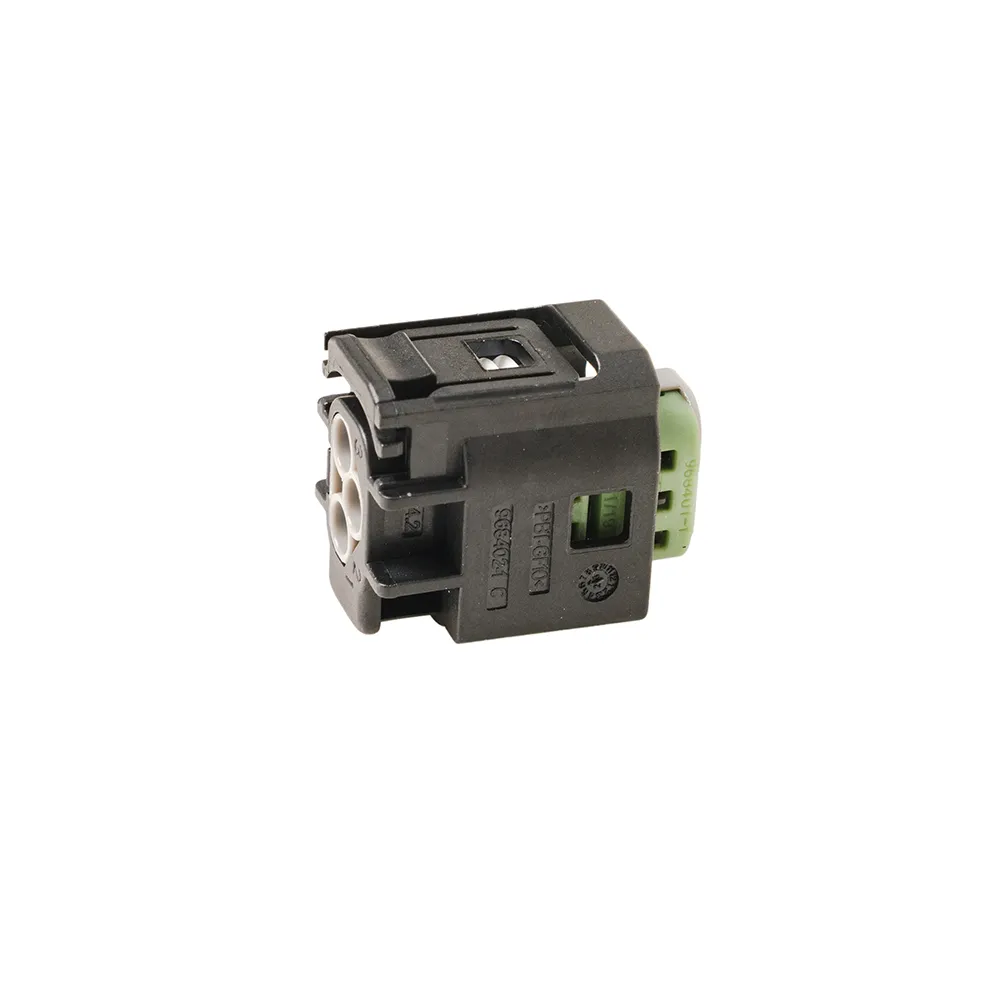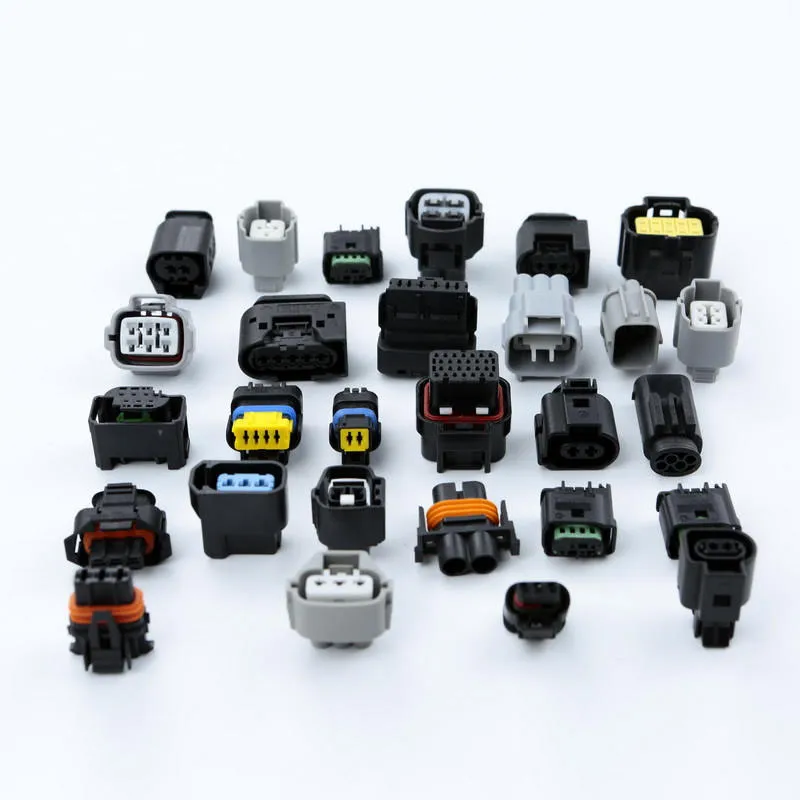The importance of automotive connectors
The automotive connector is an indispensable key in the circuit system, affecting the reliability and safety of the electronic system.It builds a bridge of communication between blocked or isolated circuits in the circuit, allowing the current to flow, so that the circuit can achieve the predetermined function. With the continuous improvement of the degree of automotive electronics, the number and types of automotive connectors are also increasing.
Faults such as poor contact, short circuit, and open circuit of the connector may cause serious safety hazards to the car. Therefore, the quality of the automotive connector is crucial to ensure the safe driving of the car.
Four basic components
Automotive connectors are mainly composed of four basic structural components, namely:
Contact: It is the core part that completes the electrical connection function. It is generally composed of a positive contact (pin) and a negative contact (socket) to form a contact pair. Positive contacts are mostly cylindrical, square or flat, and are usually made of brass or phosphor bronze. The negative contact relies on an elastic structure to closely contact the positive contact. Common structures include cylindrical, tuning fork, cantilever beam, etc.
Shell: Also known as the shell, it is the outer cover of the connector, providing mechanical protection for the internal parts and playing an alignment role when plugged in.
Insulator: Also known as the base or mounting plate, it is used to fix and insulate the contacts and arrange them in the required position. The insulator must have good insulation performance and easy processing.
Accessories: Including structural accessories (such as clamps, positioning keys, etc.) and installation accessories (such as screws, nuts, etc.), mostly standard parts and universal parts.

Application characteristics of automotive connectors
Automotive connectors have the following application characteristics:
There are many types, and a single car model can use hundreds of connectors. Common types include circular connectors, rectangular connectors, PCB connectors, fiber optic connectors, etc.
The application environment is harsh and needs to be able to adapt to complex working conditions such as high and low temperatures, vibration, and corrosion. Therefore, the reliability and environmental adaptability of the connector are very high.
Safety requirements are high, and connector failure may directly affect the safety of car driving. Therefore, the connector needs to undergo strict reliability testing and failure analysis.
The trend of miniaturization and lightweight is obvious to meet the needs of automotive electronic system integration. The application of high-density, multi-core, and waterproof connectors is increasing.
How to improve the reliability of automotive connectors
Measures to improve the reliability of automotive connectors include:
Rational material selection, use high-performance copper alloys, engineering plastics and other materials to improve the mechanical strength, conductivity and environmental resistance of connectors.
Optimize the design, use special structural designs such as vibration-proof, waterproof and dust-proof to improve the environmental adaptability of connectors. Simplify the connector structure, reduce the number of connection points and reduce the failure rate.
Strengthen quality control, implement strict quality management and reliability testing from product design, manufacturing to assembly and use, and promptly discover and eliminate quality risks.
Standardize the assembly process, compile detailed connector assembly work instructions, standardize assembly operations, and avoid connector failures caused by improper assembly.
Regular inspection and maintenance, regular inspection and cleaning of automotive connectors, and timely replacement of aging or damaged connectors to ensure that they are in the best working condition.

